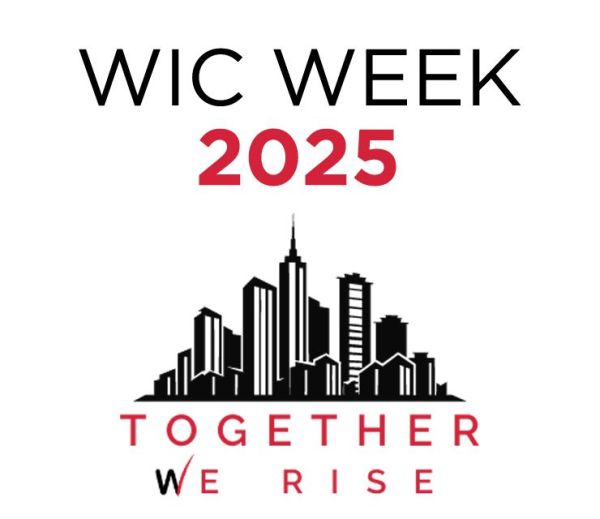WIC Week™, or Women in Construction Week™, celebrates and promotes the role of women in the construction industry. The National Associaiton of Women in Constrution (NAWIC) held the first WIC Week in 1998 and it has grown and expanded each year since. The Minneapolis-St. Paul chapter of NAWIC hosts WIC Week events annually. Click here for the list of this year's events!
This year's theme, "Together We Rise," celebrates the strength and knowledge of women and the vital role they play in shaping the future of the construction industry.
To honor the many roles that women play in the Minnesota construction industry, AGC of Minnesota profiles women in the trades and in construction management throughout WIC Week. Click the images below to see profiles for each year.




